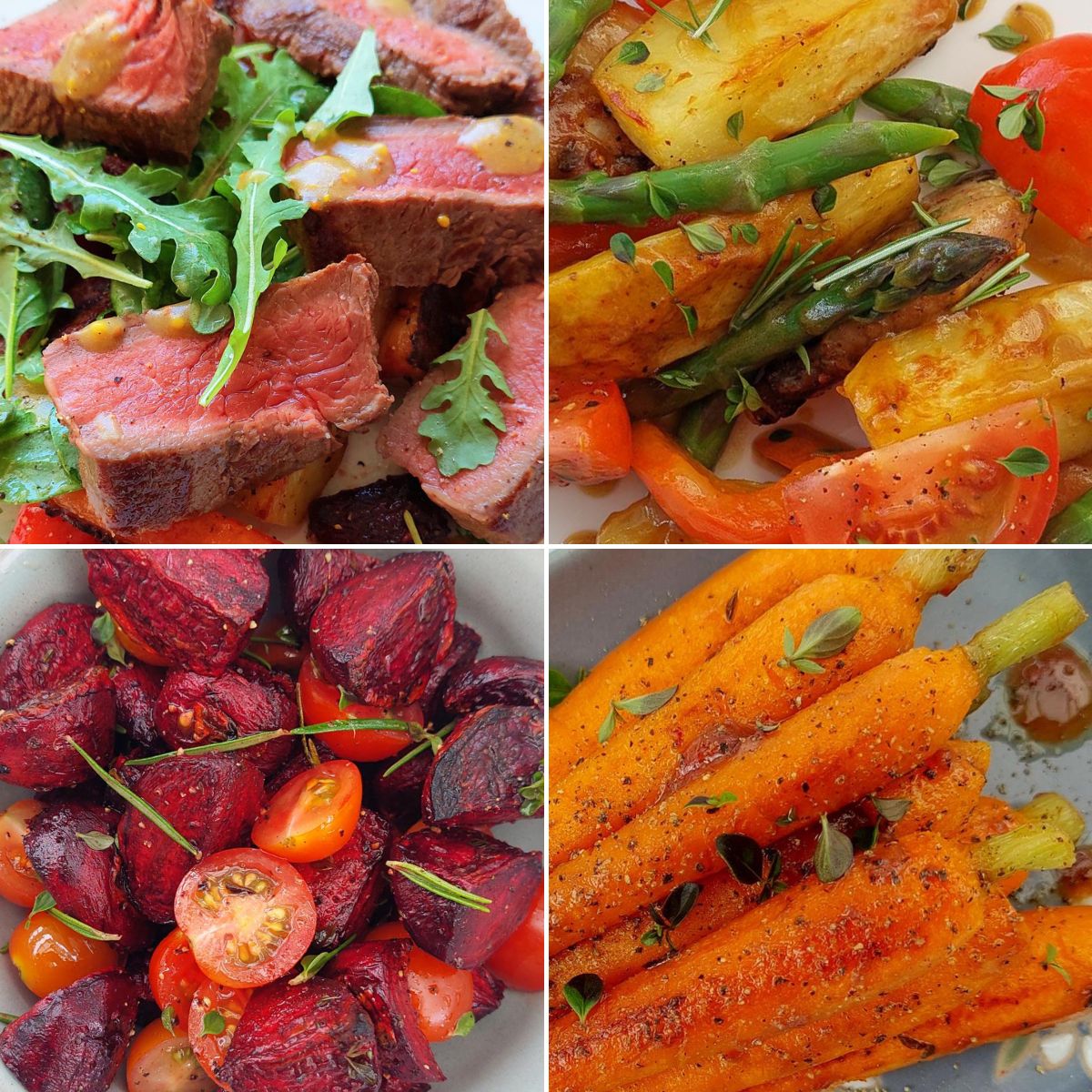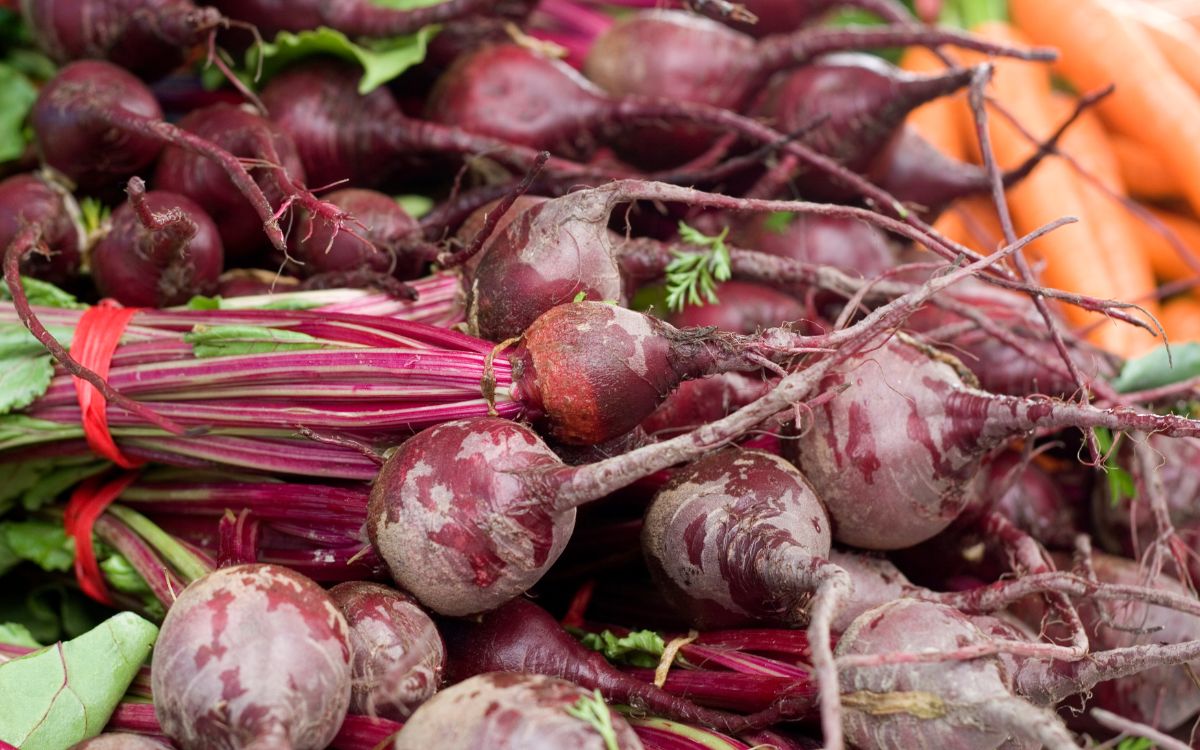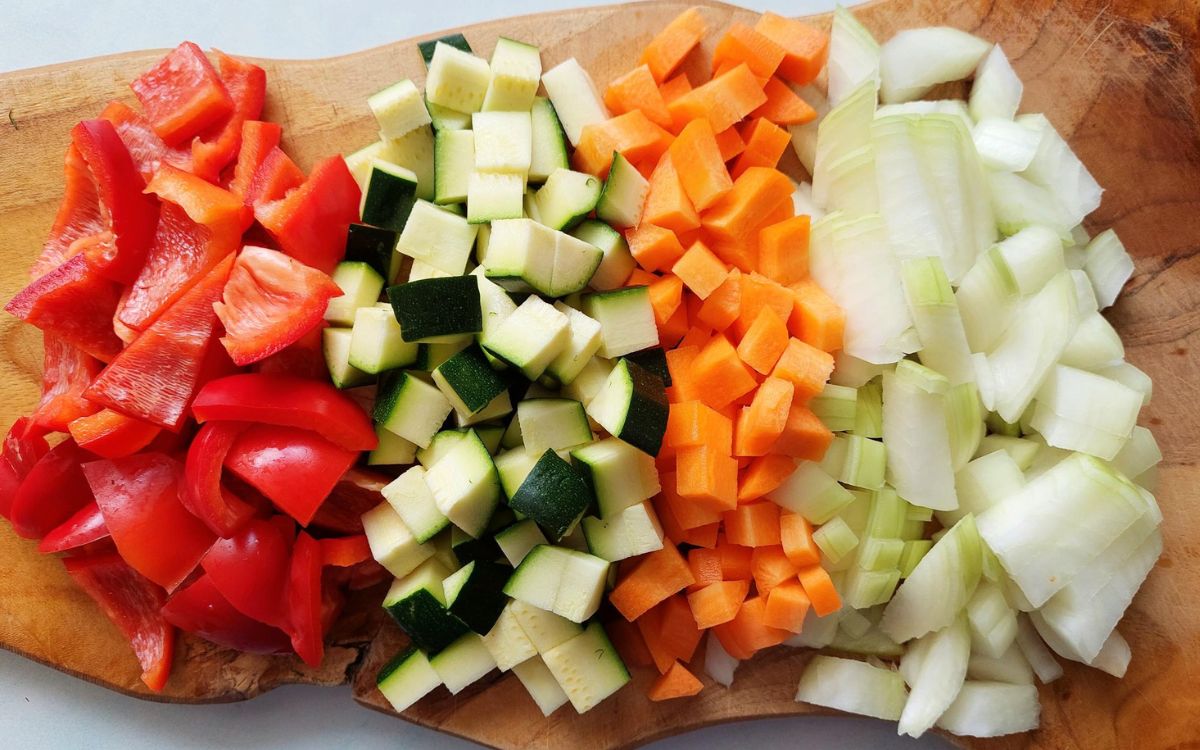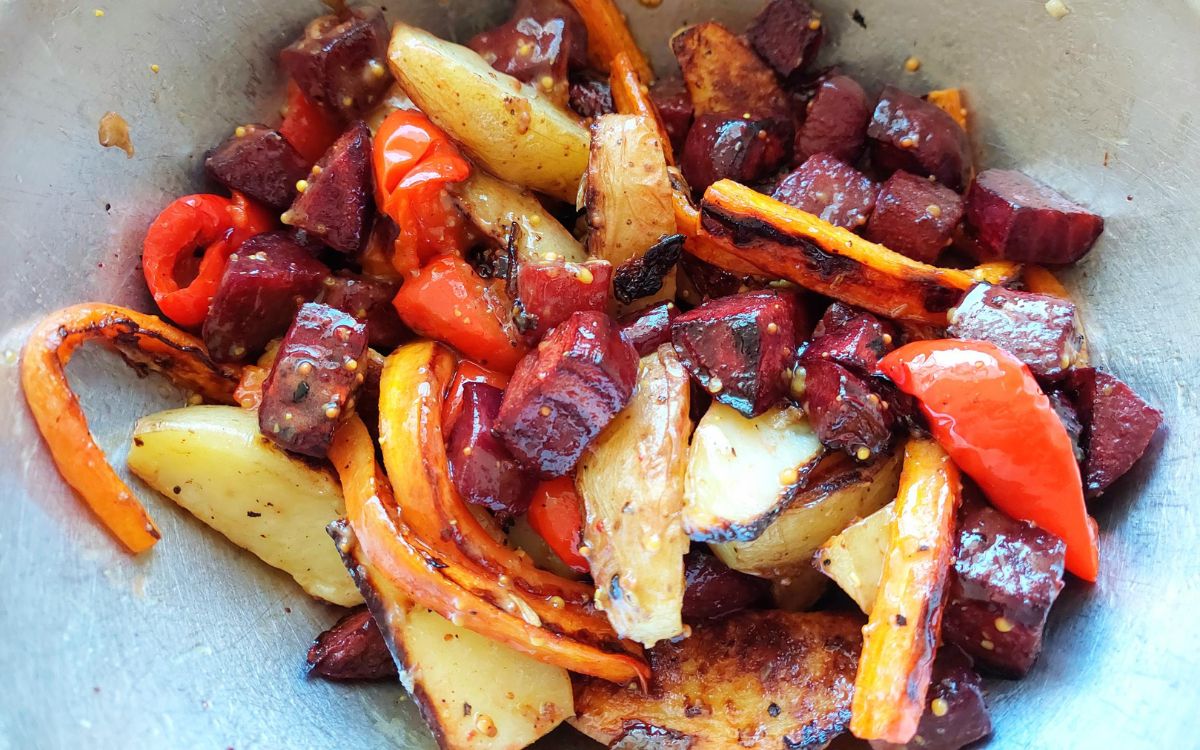Privacy Policy | Terms and Conditions | Disclosure Statement | License Policy
COPYRIGHT © 2024 | NUMBER 8 COOKING | ALL RIGHTS RESERVED.

Privacy Policy | Terms and Conditions | Disclosure Statement | License Policy
COPYRIGHT © 2024 | NUMBER 8 COOKING | ALL RIGHTS RESERVED.

Privacy Policy | Terms and Conditions | Disclosure Statement | License Policy
COPYRIGHT © 2024 | NUMBER 8 COOKING | ALL RIGHTS RESERVED.
Cooking can be a rewarding experience, but it often begins with some essential steps, so I’ve outlined my 8 tips for reading a recipe. These 8 tips are for a kitchen novice. Taking the time to thoroughly understand a recipe before diving in can significantly affect the outcome.
These tips might seem trivial to the experienced cook. However, it can go a long way to help guide someone beginning their culinary journey through the recipe roadmap.
A recipe is a labor of love that someone has taken the time to create and share. So, it’s only natural that you go through the recipe in detail before you even think about starting to do any prep work and cooking.

These eight tips will help to ensure a smooth and successful cooking process where the final result is an exciting exception, not a disappointing surprise. Recipes are an amalgamation of ingredients that create a delicious and nourishing experience.
Taking the time to read and understand a recipe thoroughly before you start cooking is a fundamental skill. By following these eight tips, you’ll set yourself up for success. You want to enjoy the satisfaction of creating delicious meals with confidence.
Before you even think about preheating the oven or chopping vegetables, take a moment to read the entire recipe, including the method from start to finish. This will give you a comprehensive understanding of the cooking process, helping you anticipate each step and avoid surprises.
Tips for reading a recipe — As you read through the recipe and method, go beyond the words on the page and engage your senses. Take a moment to visualize each step, imagining the colors, textures, and aromas that will be part of your culinary journey. This sensory engagement enhances your connection with the dish.
Understanding the number of servings a recipe produces is crucial for proper meal planning. This information ensures you have enough food for your guests or family and helps you adjust ingredient quantities if needed. It’s always better to be prepared than to be short on portions. Having leftovers is a good thing; they make for great recreation.
Tips for reading a recipe — Consider the recipe to yield a serving count and a gateway to culinary creativity. Embrace the idea that leftovers are not merely a convenient meal for the next day but a canvas for culinary reinvention. When planning portions, intentionally prepare a bit extra, allowing yourself to explore inventive ways to repurpose the remaining ingredients.

Carefully review the ingredients list to confirm that you have everything you need. This step prevents a last-minute dash to the grocery store and guarantees a smooth, carefree cooking experience. Also, double-check for any unusual or specialty items that may require visiting a specialty store.
Tips for reading a recipe — When reviewing the ingredient list, don’t just stop to confirm they are in your pantry—take a moment to assess the quality of each component. Opting for fresh, seasonal ingredients can significantly impact the final dish. Seek out vibrant, seasonal produce, select meats with well-marbled textures, and ensure your pantry staples are of premium quality.
Certain recipes may require specific kitchen tools or equipment. Before starting, verify that you have all the necessary pots, pans, utensils, and gadgets. This helps avoid interruptions during the cooking process and ensures you can easily execute each step.
Tips for reading a recipe — Beyond simply ensuring you have the right equipment, a well-honed understanding of your equipment will maximize its potential to bring out the best in your recipe, making the most of the ingredients and their unique characteristics. This will ensure that your culinary creations consistently reach their full potential.

Preheating the oven is a common step in many recipes. Check if this is necessary, and if so, preheat your oven before you begin any other preparations. This ensures that your dishes cook evenly and at the right temperature.
Tips for reading a recipe — Preheating your oven is not just a formality; it’s a critical element in achieving culinary perfection. However, consider preheating as more than just waiting for the temperature gauge to hit the desired level. Use this time strategically to fine-tune your preparations.
Before you start cooking, take note of any prep work involved, such as marinating, chopping, or pre-cooking certain ingredients. Everything ready in advance streamlines the cooking process and minimizes the risk of overlooking a crucial step. The last thing you want to do is frantically prepping while cooking.
Tips for reading a recipe — Embrace the culinary philosophy of “mise en place,” a French term that translates to “everything in its place.” Meticulously organize all your ingredients, utensils, and equipment. This streamlines the cooking process and grants you the freedom to immerse yourself in the cooking without distractions. This methodical approach minimizes the risk of overlooking essential components and guarantees that each element is added at precisely the right moment.

While it might be tempting to swap ingredients based on what you have on hand, resisting the urge to make substitutions without understanding the potential impact on the recipe is essential. Ingredients often serve specific purposes, such as leavening, flavor, or texture, and substitutions can alter the final result. This is overly important if you’re a novice.
Tips for reading a recipe — Every ingredient in a recipe plays a unique role, contributing to the flavors, textures, and visual effects. While the temptation to make substitutions may arise, especially when faced with ingredient shortages, it’s crucial to approach this decision with the utmost consideration. It is understanding the function of each ingredient and how they work together in a delicate balance, creating a culinary masterpiece.
I’ve been a professional chef for decades and always wing stuff. This doesn’t mean you should. If you encounter an unfamiliar ingredient or cooking term, take a moment to research and understand it before proceeding. Cooking is both a science and an art, and precision is vital. Ensuring you clearly understand each element in the recipe contributes to a successful outcome.
Tips for reading a recipe — For those on the journey to culinary mastery, precision is paramount. Treat each recipe as a guided lesson on flavors and techniques. If faced with an unfamiliar ingredient or cooking term, resist the urge to improvise. Instead, take the time to explore the unfamiliar, turning to reliable sources or culinary references in the quest for knowledge.
Cooking is a science and a skill that requires a deep understanding of both the technical and creative aspects. Cooking is also a matter of precise measurements and ratios.
For example, baking is particularly sensitive to accurate measurements and temperatures. A slight deviation in the amount of an ingredient or cooking degrees can result in a completely different outcome. So, to help you, here is a handy little unit converter tool for cooking without guesswork.